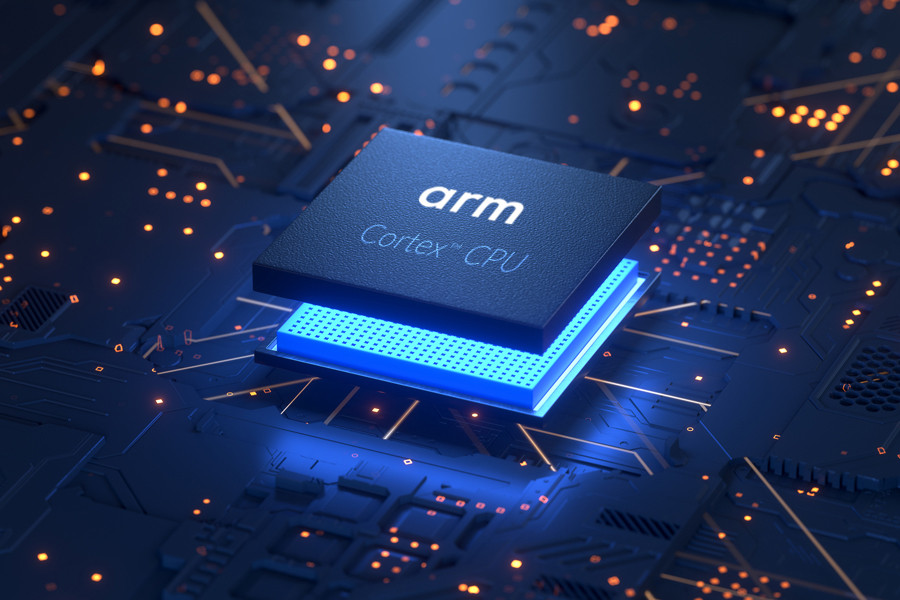When Intel introduced that, it turned into canceling its tablet and smartphone products and successfully exiting the Android-x86 market; it turned into usually seen as a sign that the enterprise had given up on attempting to compete towards low-electricity ARM merchandise manufactured using Samsung, TSMC, and GlobalFoundries. Now Intel announced that it’d begin building 10nm hardware for organizations that need to license popular ARM cores. In step with ARM, this deal will include cowl future ARM products, dubbed ARM POP era (POP isn’t always an acronym). ARM and Intel launched joint blog posts with additional statistics. ARM writes:
LITTLE™ or stand on my configurations. The cost of the father era for an ARM core at the Intel 10nm method is great because it will allow for the quick understanding switch, allowing clients to lower their threat in imposing the maximum advanced ARM cores on Intel’s leading-aspect process technology. Moreover, POP technology permits silicon partners to boost the implementation and tape-outs in their ARM-based total designs. The preliminary POP IP can be for two Destiny superior ARM Cortex-A processor cores designed for mobile computing programs in both arms big.
However, it’s worth noting that Intel’s preceding foundry partnerships don’t seem to have ended in any high-profile achievement testimonies. Altera signed an agreement to construct FPGAs with Intel earlier than Intel received them outright. Still, it’s unclear if doing so sold Altera any significant skills compared to its number one competitor, Xilinx. Spreadtrum, Intel’s different 14nm accomplice, is a low-give-up Chinese language fabless semiconductor corporation. LG is the best-profile win that Intel secured, even though the organization’s smartphone income has no longer been proper in recent years.
One rumor we’ve heard in the past is that while Intel’s foundry generation is second to none, it’s also tuned and designed in particular for Intel’s very own design regulations. Presumably, the Custom Foundry enterprise has been both shifting far from this method — giving Intel more accepted capacity that might allow it to compete successfully in opposition to the likes of TSMC, GlobalFoundries, and Samsung — or has observed a manner to make it less complicated for groups too are available in and build chips on its era. Pricing constraints and fab charges were a major problem for Intel. While competing in opposition to ARM with its individual Atom processors, it’ll hit a few aggressive charge objectives to build hardware for third events that may compete effectively.

Related Articles :
- Six tips for staying safe online
- Why you should use cloud storage
- World’s longest glass bridge closes for maintenance two weeks after opening
- Smiley faces at a small company making popular emoji apps August 12, 2016, by Michael Hill
- Chicago nonprofit trains veterans to be software developers
Exact info on some of these factors is glaringly confidential. However, it’ll be fascinating to see if LG’s future chips are measurably greater electricity green or quicker than their 10nm counterparts constructed at different foundries. This type of contrast ought to supply us with the primary apples-to-apples assessment of Intel’s foundry prowess in opposition to the competitors we’ve ever seen.
Meanwhile, Intel’s publish notes that it’s been collaborating with businesses like ANSYS, Cadence, Mentor Snapshots, and Synopsys to construct advanced IP tools for clients and work with ARM to convey its merchandise over to Intel’s 10nm node. Intel writes: Our 10 nm layout platform for foundry customers will now offer to get admission to ARM® Artisan® physical IP, which includes POP™ IP, primarily based at the most advanced ARM cores and Cortex collection processors. Optimizing this technology for Intel’s 10 nm process approach that foundry customers can gain the IP to attain exceptional-in-elegance PPA (energy, performance, region) for power-efficient, high-overall performance implementations in their designs cell, IoT, and different client packages.
The ARM Artisan platform includes:
High performance and high-Density Logic Libraries
Memory Compilers
POP IP (for Destiny ARM premium cellular cores)
Having leading IP companies in our portfolio will boost atmosphere readiness while imparting our customers more flexibility and time-to-market advantages. LG is the only purchaser currently shown for Intel’s 10nm node. This deal appears constrained to agencies that need to build fashionable ARM cores rather than designing Custom architectures built on Intel’s fabs, like Qualcomm or Apple.
Hell hasn’t frozen over. However, it’s chilly this week. Intel’s choice to begin fabbing hardware for ARM customers isn’t as unexpected as it’d been this time last 12 months, earlier than it killed its pill and telephone Atom cores. Constructing hardware for the businesses you intend to compete against is an apparent conflict of hobby that wouldn’t have sat properly with Chipzilla or its ARM customers.
Since Intel is out of the telephone and pill business, constructing chips for different agencies is a logical step. Intel nevertheless keeps a license to design its personal ARM cores ought it never decides to achieve, and it’ll be interesting to look at what occurs because of its access to the ARM commercial enterprise. IAdoptingIntel’s 10nm technology may want to deliver LG a leg up on its competition.


















